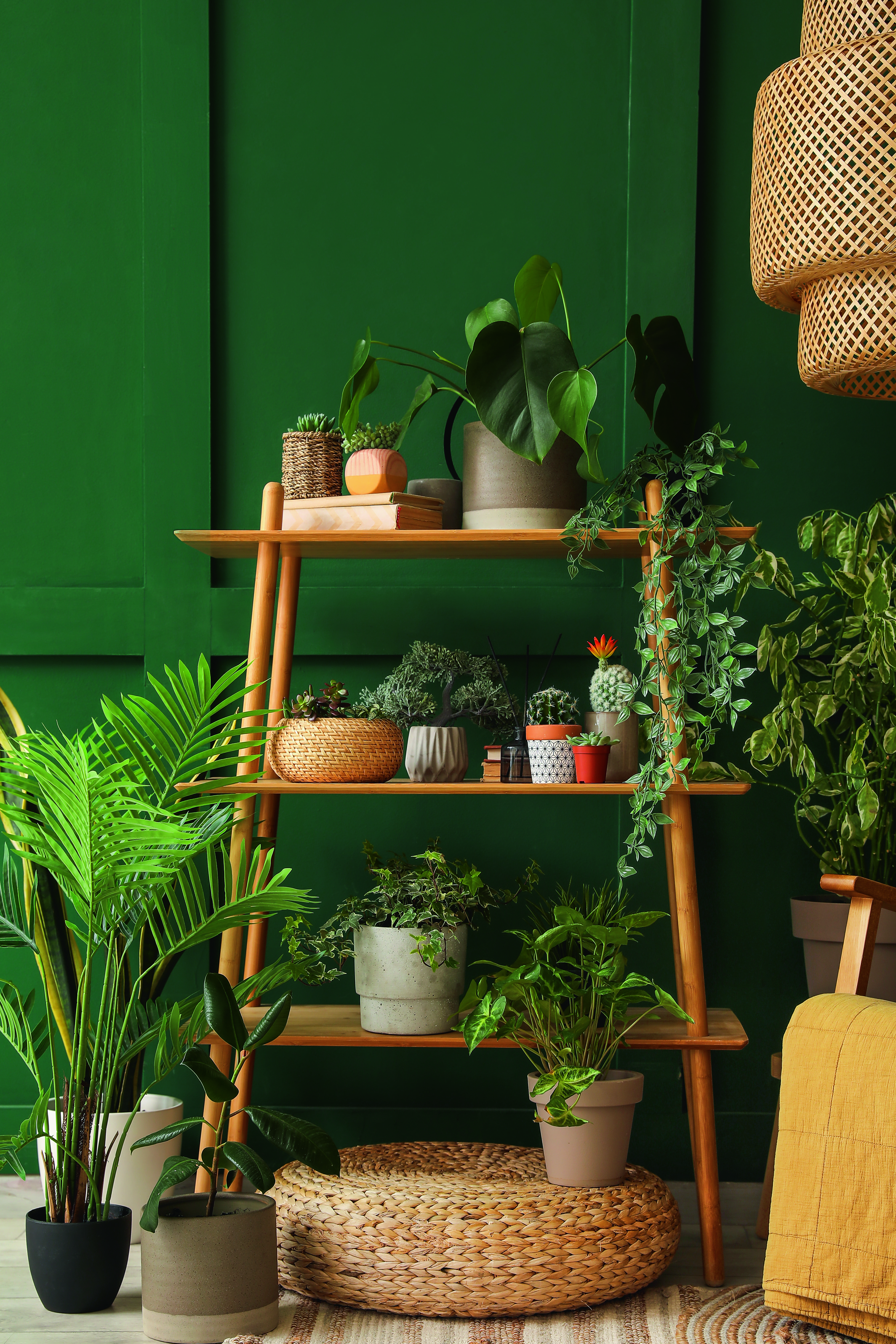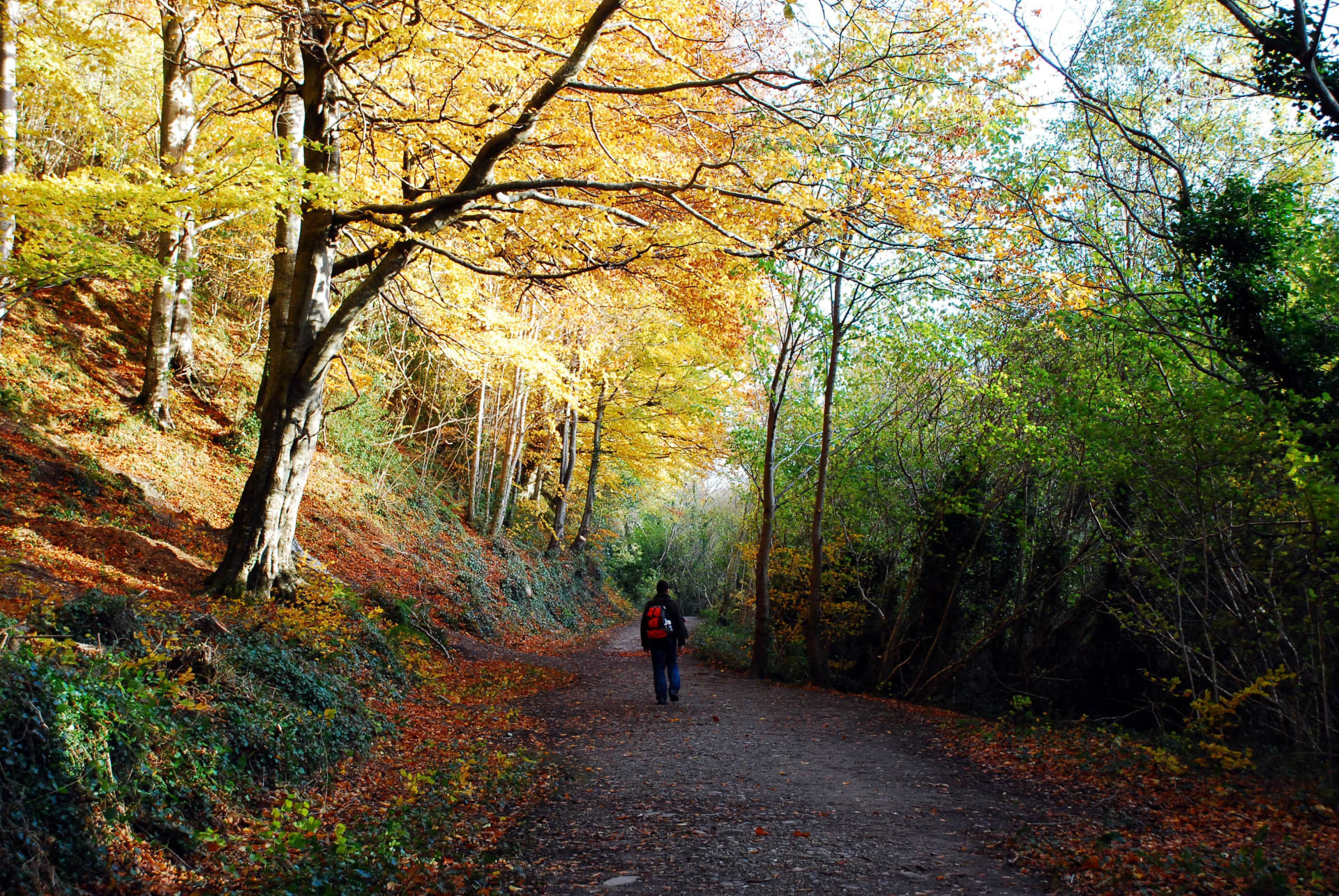Houseplants can add life, greenery, and health benefits to our homes but they also sometimes attract unwanted guests – tiny pests that can wreak havoc on your beloved flora. We were lucky enough to get advice from Tom Cook who is the Houseplant Buyer for British Garden Centres.
Aphids: These soft-bodied insects, which can be green, black, or brown, enjoy feasting on plant sap. You can tell they are present if you see curled, wilting, and yellowing leaves. Keep an eye out for sticky honeydew on the leaves, as it is a byproduct of their feeding.
Spider Mites: Spider mites are very difficult to see with the naked eye as they are microscopic arachnids. They spin fine webs on the undersides of leaves. The presence of spider mites is often revealed by leaves that are speckled and turning yellow, eventually leading to the leaves falling off the plant.
Mealybugs: These white, fluffy insects are known as mealybugs and can often be found on the stems, leaves, and undersides of plant leaves. They feed by sucking the sap from the plant, which ultimately leads to stunted growth, wilting, and yellowing of the leaves. A mealybug infestation can drain a plant's strength, making it more likely to succumb to other pests and diseases.

Scale insects: Scale insects come in various shapes and sizes, often resembling armour. They are a prevalent and persistent problem for plants as they feed on sap, leading to the yellowing of leaves and eventually their fall.
Thrips: These slender insects, known for their fringed wings, can vary in colour, appearing as black, brown, or yellow. As they feed on plant leaves, they create distinctive silvery or bronzed patches. Look out for their feeding activity which may result in the presence of black droppings on the leaves.
Fungus gnats: These small flying insects are attracted to moist soil, so ensuring that the top inch of the soil dries out between watering can help deter them. If left unchecked, fungus gnats can be a nuisance and may cause harm to plant roots.
Whiteflies: Whiteflies are tiny, white, flying insects that are like aphids. They typically feed on the undersides of leaves, sucking out the plant's sap and causing yellowing and stickiness on the leaf surface. When the plant is disturbed, whiteflies may take flight, making them difficult to manage.
How to Deal with Pests
Early detection is key to successfully controlling a pest infestation. Prevent pest problems before they start by giving your plants a quick look underneath the leaves regularly.
For a natural approach to pest control, you can start by isolating infected plants to stop the spread. A strong shower can dislodge aphids, mealybugs, and spider mites – just repeat this every few days to keep them at bay. Neem oil solution and insecticidal soap are both effective sprays against common pests like aphids, mealybugs, and whiteflies. Remember, prevention is key: creating a healthy environment for your plants goes a long way in keeping pests away.
Essential Tips for Happy Houseplants
- Don't introduce new plants directly to your existing collection. Isolate any new acquisitions for a few weeks and inspect thoroughly for pests. This helps prevent potential diseases or unwanted guests from spreading to your established plants.
- Avoid overwatering. It can damage roots and make them more susceptible to disease. A simple way to avoid this is to water your plants only when the top inch of soil feels dry to the touch.
- Keep rooms aired. Stagnant air can trap moisture around leaves, creating a breeding ground for fungus gnats and other pests. Good air circulation helps plants breathe and prevents moisture build-up.
- Wipe down leaves with a damp cloth to remove dust and debris, as dust and debris can block sunlight, hindering a plant's ability to photosynthesise. This also helps remove potential pest eggs before they hatch.
Find your nearest garden centre at britishgardencentres.com









